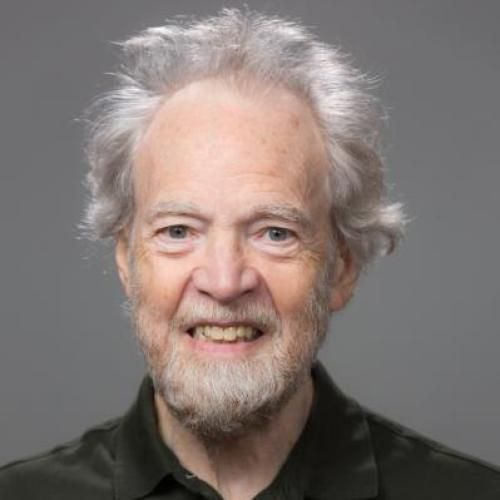
Induction of interleukin-6 mRNA in rat alveolar macrophages by in vitro exposure to both Cryptococcus neoformans and anti-C. neoformans antiserum
Lewis rat alveolar macrophages (AM) were harvested and exposed in vitro to Cryptococcus neoformans to investigate the induction of inflammatory cytokines. AM in tissue culture wells were incubated with viable yeast cells of C. neoformans or the capsular polysaccharide, glucuronoxylomannan (GXM), with or without rabbit anti-C. neoformans antiserum. At 3, 6, 12 and 24 h, AM were washed, lyzed and total RNA was isolated. Using reverse transcription-PCR, the transcripts of cytokine genes were semi-quantified by comparison with constitutive transcripts. Incubation of AM with lipopolysaccharide, as positive control, induced elevated levels of the three transcripts measured: interleukin (IL)-1α, IL-6 and tumour necrosis factor (TNF)-α. Under the same conditions, no obvious changes were observed in the levels of transcription of these cytokines by AM after exposure to several strains of C. neoformans. However, AM that were incubated with both the yeast cells and rabbit polyclonal antisera to C. neoformans manifested significantly increased levels of mRNA for IL-6, but not IL-1a or TNF-a. This increased level of IL-6 mRNA was detectable after incubation for 6 or 12 h. Levels of transcription in AM were unaffected by exposure to normal rabbit serum, specific antiserum alone, GXM at concentrations of 10, 100 or 500 μg ml-1, or GXM and antiserum. Adsorption of the antiserum with heat-killed yeast cells of C. neoformans diminished its ability to induce IL-6 mRNA in combination with fresh, viable yeast cells. The induction of IL-6 mRNA by yeast cells and antiserum does not require intact complement. In the absence of complement, the rabbit antiserum served as a potent opsonin and markedly increased phagocytosis of C. neoformans by AM. These results indicate that antibody-opsonized C. neoformans are readily phagocytosed by rat AM, and that antibody-mediated phagocytosis may differ from complement-mediated phagocytosis in the subsequent stimulation of IL-6. © 1997 Informa UK Ltd All rights reserved.
Duke Scholars
Published In
DOI
EISSN
ISSN
Publication Date
Volume
Issue
Start / End Page
Related Subject Headings
- Microbiology
- 1108 Medical Microbiology
Citation

Published In
DOI
EISSN
ISSN
Publication Date
Volume
Issue
Start / End Page
Related Subject Headings
- Microbiology
- 1108 Medical Microbiology

